Serving Statesville and the surrounding areas since 1998
Call Now to Schedule an Appointment
It’s Our Business to Make You Smile
4 Factors That Affect Implant Placement After Tooth Extractions
When a tooth is broken or decayed beyond repair, extraction may be the best option instead of a root canal or restoration. In fact, some dentists are even able to place the implant into the jawbone the same day they place a temporary tooth. Once your jawbone has healed enough, then the permanent crown can be placed on top of the implant.
On the other hand, some patients must wait a while for their bone to be strong enough to support an implant. If you are curious about how soon you can get an implant after an extraction, here are four factors to consider.
1. Your Current Health Conditions
The good news is that dental implant surgeries have high success rates. In the past, implants were contraindicated for some health conditions. However, you and your doctor can work together to find ways of managing your condition beforehand. For instance, if you have diabetes, your doctor may encourage you to get your glucose levels under control after your extraction and before implant surgery. Since diabetes can slow bone healing, patients who manage their symptoms have better success rates.
If you have osteoporosis and are treated with intravenous bisphosphonates, you raise the risk of implant failure since they decrease blood supply to bone tissue. To speed up how soon you get an implant - and to improve success rates - you and your doctor may opt to treat your condition with an intraoral medication instead.
2. Your Habits
You can improve how soon you get an implant by following your doctor's orders to the letter. You should also abstain from certain habits, like smoking. In fact, after a tooth is extracted, it is vital to wait at least 48 hours to smoke since it can dislodge blood clots.
Blood clots protect the empty socket where the tooth once was. If you dislodge a blood clot, you leave the nerves, gum tissue, and jawbone open to infection - meaning delayed implant placement.
3. Your Jaw Ridge Strength
When your doctor extracts a tooth, he or she will inevitably be removing a little bit of the alveolar ridge. The alveolar ridges are the extended bone structures in your upper and lower jaws that contain the tooth sockets. Your doctor will try and remove as little of the ridge as possible, as the remaining bone can affect how soon implants can be placed. However, some patients have weak ridges to begin with.
For example, dentures tend to cause ridge resorption, so if you wear a partial denture, you may not have a lot of ridge bone left to adequately support an implant. In these types of cases, your doctor may opt to place a bone graft and collagen plug in the healing site after extraction. Collagen plugs help the graft integrate into the site for ridge preservation.
4. Your Gum Tissue
Believe it or not, your gum tissue can play a role in how soon you get an implant placed. For instance, if you have gum recession near the extraction site, you might need to let that heal beforehand. Gum recession occurs more frequently in patients that naturally have thin tissue. But gum recession can be exacerbated by teeth grinding (bruxism) and over-zealous brushing.
Besides making the implant less likely to succeed, receding tissues can expose the implant and make it easier for debris to get underneath the implant's crown.
A deep cleaning (e.g. scaling and root planing) can remove any plaque that has gotten into receding gum pockets. Once your gums have healed from the cleaning, then your doctor may recommend bone and gum grafting, since both procedures can increase the chances of implant retention.
Numerous factors play into how soon you can get an implant after an extraction. Call our office today and schedule an appointment with Joseph M. Perry, D.D.S., P.A. to learn more.
Phone: 704-873-6451 | Email: info@drjosephperry.com | Address: 1116 Davie Ave. Statesville, NC 28677
Joseph M. Perry D.D.S. P.A. | Licensed | Insured | In Business Since 1998
Business Hours
- Mon - Thu
- -
- Fri - Sun
- Closed
Closed for Lunch From: 1:15 AM - 2:15 PM




Testimonials

Slide title
Write your caption hereButton
Slide title
Write your caption hereButton
Slide title
Write your caption hereButton

Slide title
Write your caption hereButton
Slide title
Write your caption hereButton
Slide title
Write your caption hereButton

